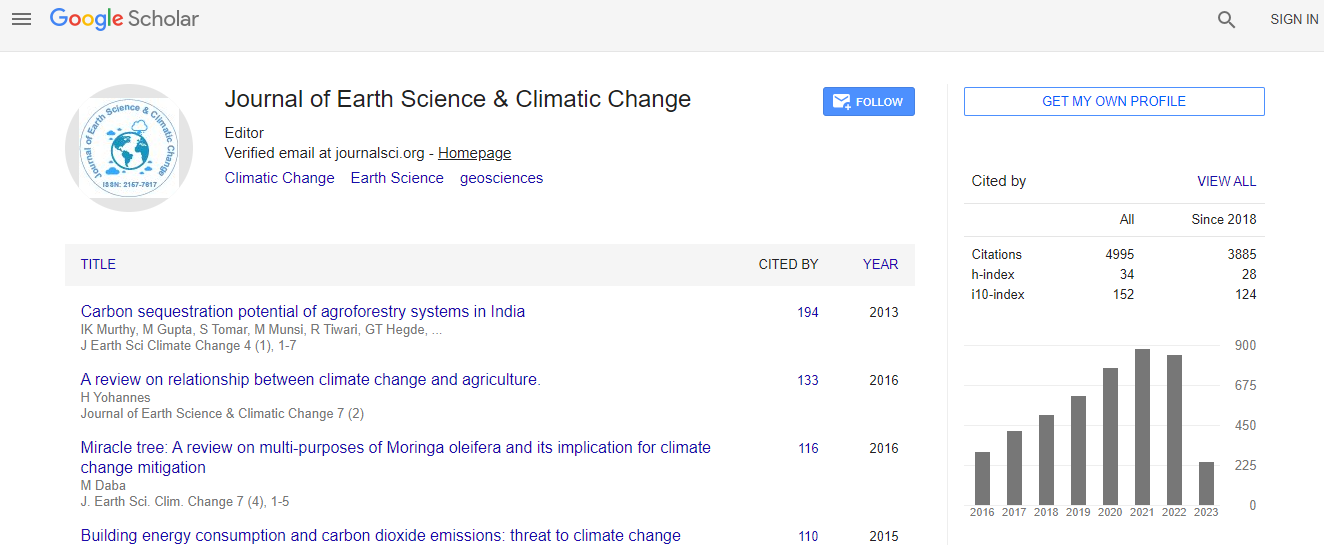Research Article
Comments on the Extinction of the Inoceramid Bivalves: A Case Study from the Saint Paul Area, Eastern Desert, Egypt
| Manal S. Mekawy* | |
| Geology Department, Faculty of Science, Suez Canal University, Ismailia, Egypt | |
| Corresponding Author : | Geology Department Faculty of Science Suez Canal University, Ismailia, Egypt E-mail: manalmekawy@hotmail.com |
| Received May 27, 2013; Accepted June 23, 2013; Published June 28, 2013 | |
| Citation: Mekawy MS (2013) Comments on the Extinction of the Inoceramid Bivalves: A Case Study from the Saint Paul Area, Eastern Desert, Egypt. J Earth Sci Clim Change 4:140. doi: 10.4172/2157-7617.1000140 | |
| Copyright: © 2013 Mekawy MS. This is an open-access article distributed under the terms of the Creative Commons Attribution License, which permits unrestricted use, distribution, and reproduction in any medium, provided the original author and source are credited. | |
Abstract
Inoceramid bivalves first existed in the Permian and became dominant during the Jurassic and Cretaceous. Previous studies are in agreement that these bivalves experienced a rapid decline and became extinct at the end of the Mesozoic. The primary and actual cause for their extinction remains unclear and doubtful. In the present study, the systematic paleontology of four Inoceramus species from the Saint Paul area, Eastern Desert, Egypt, is reported. These species include Inoceramus cf. atlanticus, Inoceramus (Inoceramus) dunveganensis, Inoceramus (Mytiloides) labiatus, and Inoceramus species. This study presents the first record of Inoceramus (I.) dunveganensis in Egypt. Additionally, an attempt had been made to answer an important question: Are the inoceramid bivalves really extinct?


